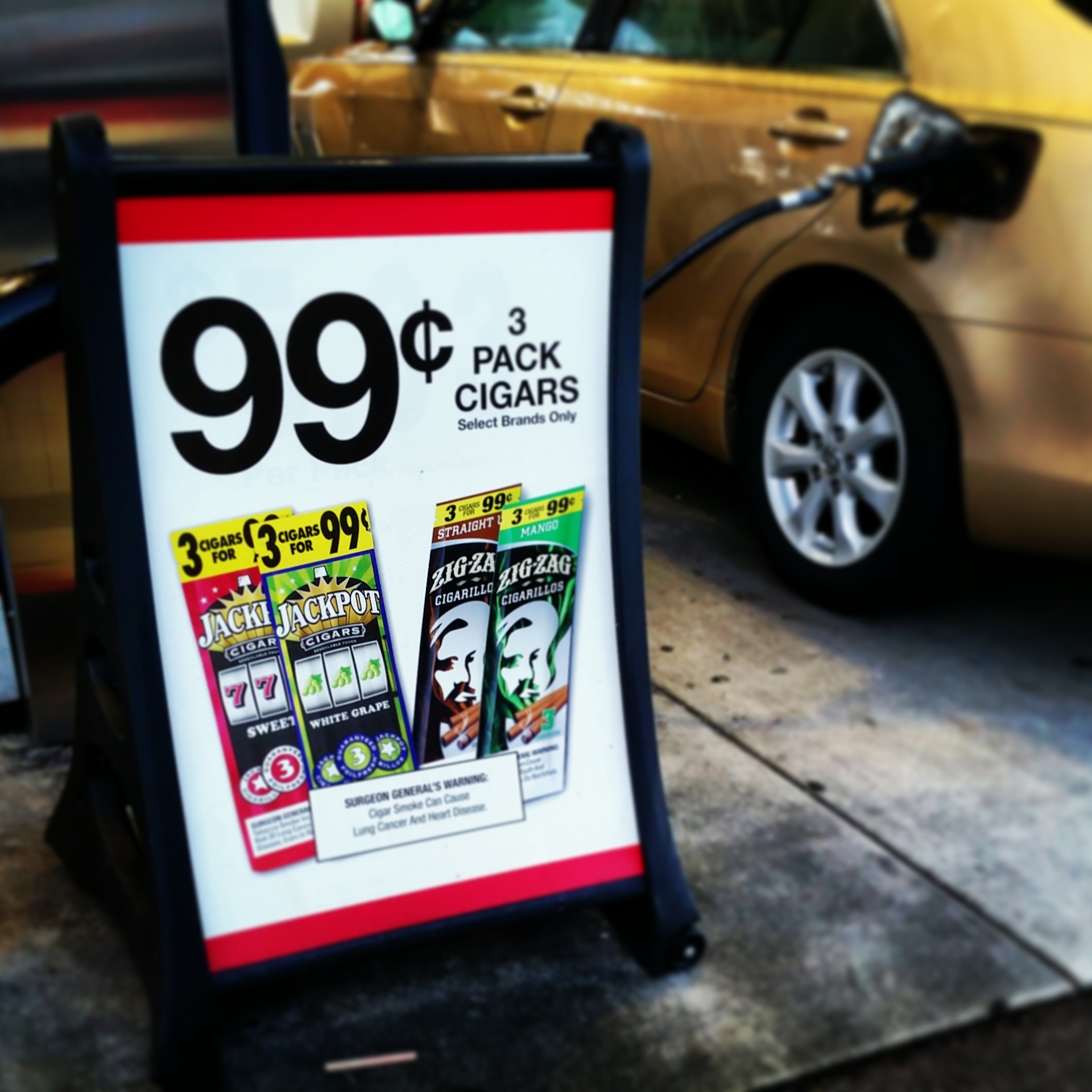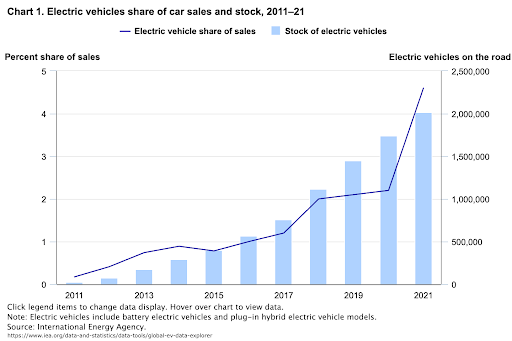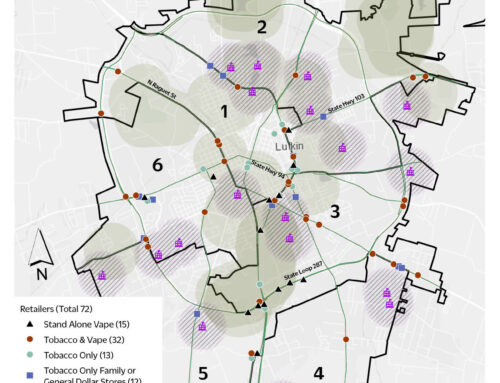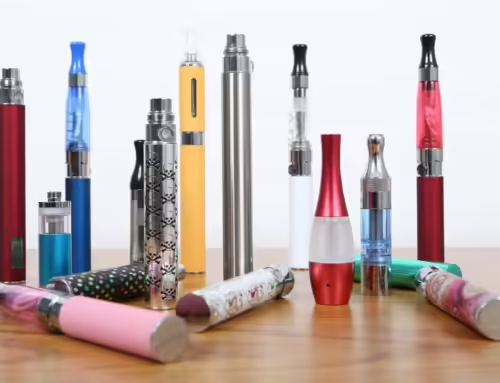President Joe Biden signed an Executive Order in August 2021 that set a target for electric vehicles (EVs) to make up half of all new vehicle sales in the U.S. by 2030. Later that year, he signed the bipartisan Infrastructure Investment and Jobs Act to build out a nationwide EV charging network.
The momentum towards EVs in the U.S. has led to a rapidly growing share of the automobile market and a more than 40% increase in the number of publicly available charging ports. Increased corporate average fuel economy standards and the repeal of a 2019 law that prohibited state and local laws related to fuel economy standards have promoted innovation. Relatedly, between August and December 2022, state legislatures in California, Massachusetts, Washington, New York, and Oregon enacted new standards that require all new cars sold within each state’s borders to be emissions-free by 2035.
Taking a cross-country road trip from Los Angeles to New York City or Boston to Portland typically means several stops at gas stations along the interstate to stretch legs, purchase snacks, and fill up on gas. But the gas stations that fueled these trips are dealing with fewer gas-powered vehicles on roads, fierce competition with power companies for control of electric charging stations, and adapting new business strategies and infrastructure to keep pace with society’s transition towards EVs.
So, what exactly does all of this have to do with tobacco control?
Convenience stores make up the largest category of tobacco retailers in the U.S. Given that 80% of gas sold in the U.S. comes from convenience stores, and that the number of gas station outlets has declined for decades, the point-of-sale landscape may continue to dramatically shift in the ensuing decades with possible reductions in:
- The density of tobacco retail outlets across the U.S.
- The number of tobacco retail outlets near schools and parks, areas that youth frequent
- The amount of tobacco marketing in communities
High retail availability of tobacco, along with heavy marketing at the point of sale, have been shown to prompt youth initiation, encourage impulse purchases, and interfere with quit attempts. Although the point-of-sale landscape may change in the coming years, tobacco control advocates can take action today to reduce tobacco retailer density through policy solutions such as licensing and zoning restrictions.
Ready to make progress toward reducing tobacco retailer density in your community? Counter Tools can help! Contact [email protected] for more information.






